#druidry
Text
People tend to forget that we are also animals. We are not separate from nature, we are just as much a part of it as the birds that nest outside our windows.
Take some time today to focus on your place in the natural ecosystem around you. Give an offering to the local nature spirits if you can
2K notes
·
View notes
Text

You like this picture? I "drew it"!
#good#morning#good morning#good morning message#good morning image#good morning images#good morning man#the good morning man#the entire morning#gif#good morning messages#druid#druid posting#druid art#druidry#druidism#wizard#wizard posting#nature#leaves#second nature
1K notes
·
View notes
Note
Hihi! Could you do a neutral/ masc version of your Druid board please? (I still think flowers are cool though) Any paci (or none) is okay and I really like deer! Thank you so much!!
Sure!!
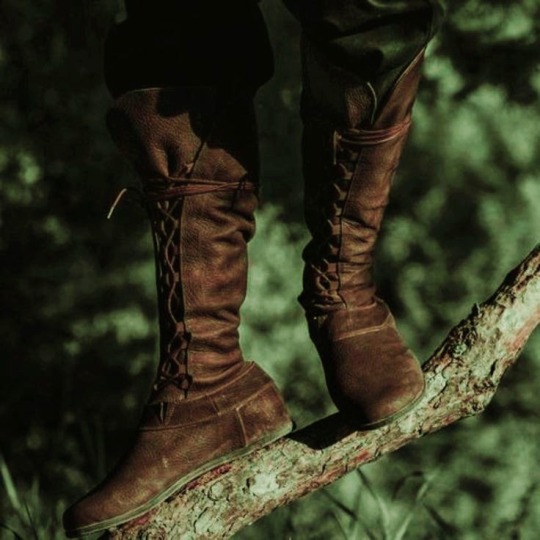
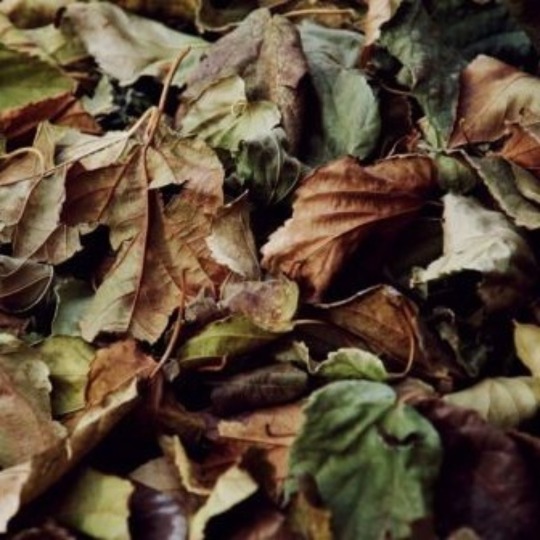


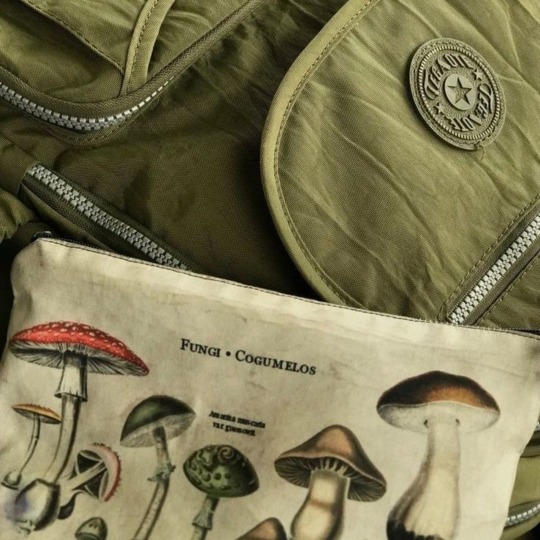

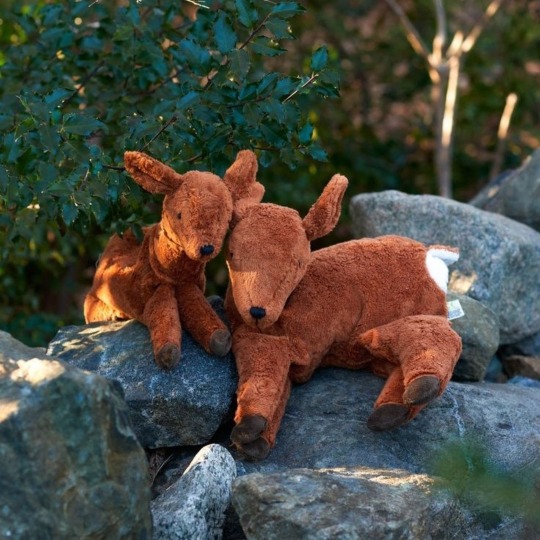
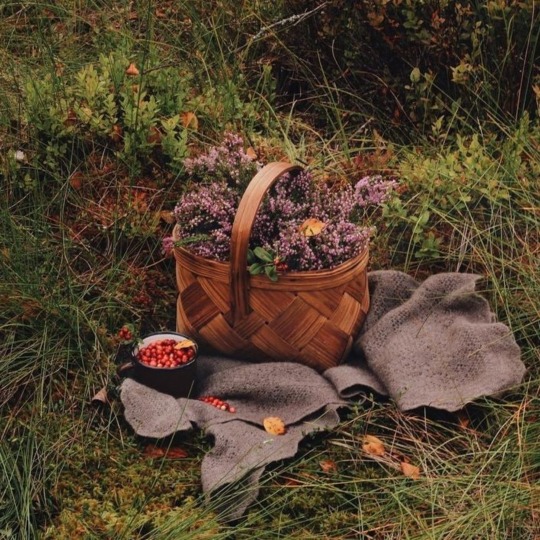


#druidry#!!!#number 2!#i really love this one#i still don't know much about druids#so i hope you enjoy!#sfw interaction only#moodboard#sfw agere#age regression#agere#sfw littlespace#agere moodboard#babyre#age dreaming#baby regression#druid moodboard
253 notes
·
View notes
Text

The power of water.
#witchy#witchcraft#nature witch#green witch#magick#cottage witch#druid#druidry#witchythings#folk magic#druidess#pagan witch#paganism#forest witch#pagan community
2K notes
·
View notes
Text

Seventeenth-century English antiquarians thought that Stonehenge was built by Celtic Druids. They were relying on the earliest written history they had: Julius Caesar’s narrative of his two unsuccessful invasions of Britain in 54 and 55 BC. Caesar had said the local priests were called Druids. John Aubrey (1626–1697) and William Stukeley (1687–1765) cemented the Stonehenge/Druid connection, while self-styled bard Edward Williams (1747–1826), who changed his name to Iolo Morganwg, invented “authentic” Druidic rituals.
Druidism has come a long way since. In 2010, The Druid Network was listed as a charity in England and Wales, essentially marking the official recognition of Druidism as a religion. (74,000 called themselves Druids in a recent census.) Historian Carole M. Cusack positions Druidism as one of the branches of the tree of Paganism and/or New Age-ism(s), which burst into all sorts of growth during the twentieth century. Modern Druidism fits into the smorgasbord of what Cusack calls the “deregulated spiritual marketplace” of our times.
But there’s a disconnect here. In the popular imagination, Stonehenge and Druidism now go together like tea and crumpets. Historically, Stonehenge, a product of Neolithic Britain, predates Caesar by thousands of years. It had nothing to do with Druids and certainly nothing to do with modern Druidism.
“The false association of [Stonehenge] with the Druids has persisted to the present day,” Cusak writes, “and has become a form of folklore or folk-memory that has enabled modern Druids to obtain access and a degree of respect in their interactions with Stonehenge and other megalithic sites.”
Learn more from our friends at JSTOR Daily in “Stonehenge Before the Druids (Long, Long, Before The Druids)” by Matthew Wills.
Image credit: Spectators gather at Stonehenge to watch a group of Druids carry out the Dawn Ceremony on the summer solstice, or longest day of the year, 1956. Getty.
398 notes
·
View notes
Text
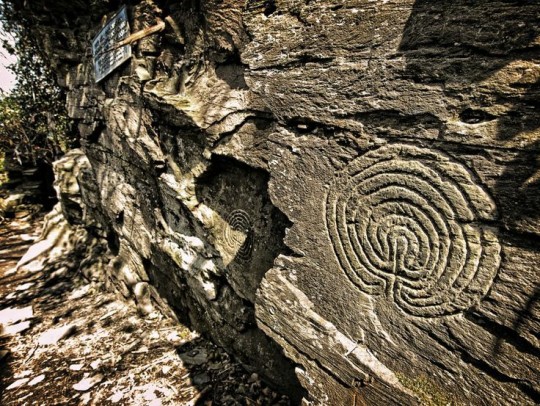

Labyrinth Rock Carving - Tintagel - Cornwall
#labyrinth#carving#stone carving#druidry#druidic#paganism#tintagel#cornwall#england#arthurian site#celtic place
3K notes
·
View notes
Text
“Nature held me close and seemed to find no fault with me.”
—Stone Butch Blues, Leslie Feinberg.
#stone butch blues#leslie feinberg#lgbtq+#queer#druidry#druidism#butch#gender noncomformity#gender#one of the quotes that helps me feel most at home in my body and out in the world as a trans masc and historic social reject#if i find no other place in the world to be myself then i know nature will always be where i belong#really defines my druidic practices
315 notes
·
View notes
Text
What we know about the Ogham alphabet is wrong.
well, some of it.
We know that a lot of what the Druids practiced is shrouded in mystery because they didn’t use written word. We know they’ve been around since at least the first century BC, but a lot of what we know now is thanks to outsiders, especially the Romans.
That being said, there are modern scholars who have done their due diligence in interpreting Ogham, and there are many theories on what the letters refer to. Of course, the overarching agreement is that each letter refers to a tree, but I think it is important to recognize that that is technically wrong.
According to scholars like McManus, only 8 of the letters actually refer specifically to trees.
While this is true, it is also important to realize that the kennings often allude to trees or possibly allude to them.
A different scholar, MacCoitir, has re-interpreted the old-irish kennings, specifically in reference to trees.
It would certainly be nice to say there is one definitive and correct way to interpret the kennings and what their correspondences are, but the cryptic nature of the Bríatharogam lists leave things somewhat open to interpretation. Unfortunately, the most common Ogham list is based on evaluations of translations of medieval Irish into modern English. This standard list has not been challenged for a long time, but that changed in 2003 with the publication of Niall MacCoitir’s work.
What MacCoitir has done is return to the early legal tracts such as Bretha Comaithchesa, cross-referencing it with the oldest extant versions of the Bríatharogaim Maic ind Óc, Bríatharogaim Con Culainn and Bríatharogaim Morainn mic Moín. He also points out that much of the terminology surrounding Ogham refers specifically to the parts of trees/bushes, which is further indication that the alphabet is almost definitely a tree alphabet.
The letters themselves are referred to as feda or fid in the singular, which means respectively ‘wood’ and ‘tree’. The consonants are also called táebomnai, which translates into ‘The side of a tree-trunk’. The druim (edge/ridge) on which the letters are written was originally vertical, like a tree trunk, with the horizontal druim coming into favour with the use of paper or vellum. The spines or lines that comprise the individual letters (on the druim) are referred to as flesc, which translates as twig. So from the above terminology it is quite clear that the alphabet has a connection with trees and bushes.
Even with this knowledge, the most common Ogham lists include plants - vine, ivy, heather, fern, reed, and honeysuckle. Reed and fern do not have either a trunk or twigs, so we can immediately dismiss them. Heather does not have a trunk, and whether you could define its low, fine growth as twigs remains something to be debated. The remaining plants are not trees. They are parasitic in as much as they need a host to climb up – either a wall or a tree in most cases.
On the basis that the plants mentioned above are not trees and do not possess the qualities associated with the Ogham terminology one is left with the task of looking for viable alternative interpretations, based on the source material – which is exactly what MacCoitir has done.
From here, I will give a simple list of what should be replaced, and what the replacement is. If you would like to read why, you can find the post below
• Nin/Nuin - re-translated to ‘staple enjoyment or supply of the otherworld’, ‘boast of women’ and ‘boast of beauty’. The widely accepted tree for this is Ash, but MacCoitir replaces it with Cherry.
• Muin - re-translated to ‘Strongest in action’, ‘Most noble goodliness’, ‘Proverb of slaughter/rottenness’ and ‘Path of the voice’. Can also mean ‘neck’, ‘love’, ‘trick’ or possibly ‘thicket’. The widely accepted plant for this is Vine, but MacCoitir replaces it with Buckthorn.
• Gort - re-translates to ‘Sweetest grass’, Greenest pasture’, ‘Suitable place for cows’ and ‘Satisfaction of all’. The widely accepted plant for this is Ivy, but MacCoitir suggests Gorse.
• Onn - re-translates to ‘Wounder/helper of horses’, ‘Smoothest of Craftmanship.’ and ‘Sustenance of warriors’. The widely accepted plant for this is Ivy, but MacCoitir suggests Ash.
• Úr - re-translates to ‘In cold dwellings’, ‘Most devoted sharing’, ‘Propagation/dripping of plants’ and ‘Shroud of a lifeless one’. The widely accepted plant for this is heather, but MacCoitir suggests Elm.
Of the five supplementary letters, used for rendering Greek and Latin words, MacCoitir disagrees on two of the commonly accepted list.
• Uilen - retranslates to ‘elbow/angle’ and ‘most fragrant tree’. The widely accepted plant for this is honeysuckle, but MacCoitir suggest Juniper.
• Emancholl - re-translates to ‘twin of hazel’. The widely accepted tree for this is Beech, but MacCoitir suggests Hazel.
This list by no means is meant to replace the current meanings, but is meant to encourage a re-evaluation of the most commonly accepted Ogham list(s).
205 notes
·
View notes
Text
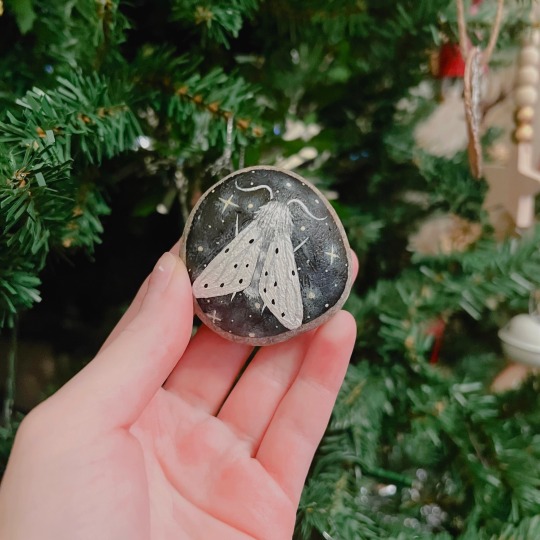



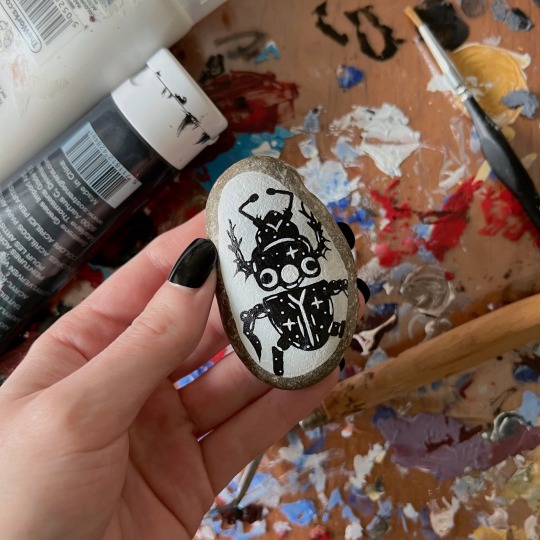
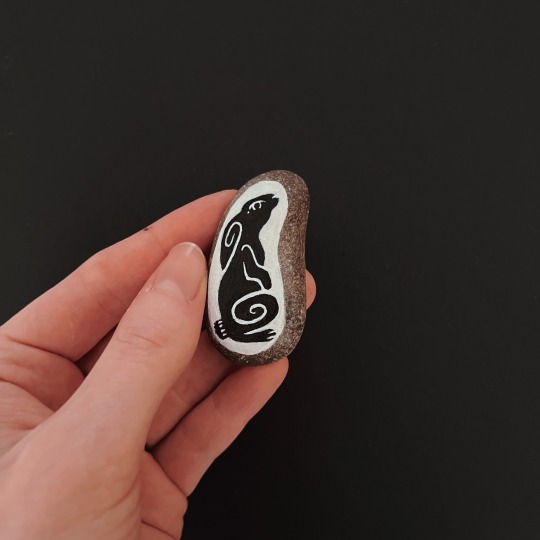
I paint rocks when I’m bored
#rock painting#acrylic painting#acrylic#stone painting#adventurecore#cottagecore#fantasycore#naturecore#bardcore#wandercore#druidry#paganism#druid#pentagram#pagan#witchcraft#altar#flowercore#bugblr#moths#beetles#hare#celestial#moon#daisies#autistic witch#autistic artist#painting#artists on tumblr#nature
76 notes
·
View notes
Text
New Year's 2024 Grimoire Challenge!
Let's start off 2024 with a month-long grimoire challenge!
I know that I love to always gather new information for my grimoire, and so I wanted to share this challenge with you.
For the entire month of January, complete one of these activities every day in your grimoire. If you have already completed the question, expand on the information you already have!
There is a beginner level and an advanced level for witches of all stages. If you'd like to, post your responses to the questions here and tag it with #branwens grimoire challenge! I'd love to read all of the wonderful information you find, so tag me too, if you'd like.
Farewell and good tides!
January 2024 Grimoire Challenge
by Branwen (@thatdruidgal)
Plants - Beginner: What are the correspondences of five plants that grow in your local area? Advanced: Come up with a new combination of plants to burn in your next ritual.
Heritage - Beginner: Where do you come from? What types of magick did your ancestors possibly practice in their homeland? Advanced: What were common for your ancestors (eg. food, clothing, daily life)?
Practices - Beginner: What is the difference between closed and open practice? Are you permitted to learn about any closed practices? Advanced: What are 2 open practices that you don't follow? What are some similarities with your practice?
Energy - Beginner: What is energy work? How would you begin this practice? Advanced: What are the four energy types, and how can you connect to each one?
Water - Beginner: What are the uses of moon water? How can you make it? Advanced: How would adding moon water affect your favorite potion recipe?
Altars - Beginner: How could you represent each of the elements on your altar? Advanced: What colors are you not currently using in your altar? Which elements do those colors correspond with?
Salts - Beginner: What benefits do you get from moon salt? How do you make it? Advanced: Research cleansing salts and add the recipes to your grimoire.
Omens - Beginner: What are five ways to bring yourself good luck? Advanced: What are recurring signs you've noticed recently? What sort of message do they bring?
Animals - Beginner: What is an animal(s) that you have always felt a strong emotional bond with? What are their traits? Advanced: How has your spirit animal helped you in the past? How have you communicated with them?
Astrology - Beginner: What are the correspondences of the planets? Advanced: In what ways have you been affected by the planets recently? How can you better their influence in your life?
Crystals - Beginner: What are the correspondences of your 5 favorite crystals? Advanced: What other crystals could have improved your last spell? What are some of the substitutes that could have been used instead?
Cleansing - Beginner: What cleansing methods can you use for your crystals and tools? What methods can you NOT use for certain crystals or tools? Advanced: What crystals require extra cleansing? What crystals cleanse other items?
Recipes - Beginner: Find a recipe that helps you with a problem you've been experiencing recently. Advanced: Find a recipe for you to use during the next moon phase.
Spirits - Beginner: What are the five types of spirit guides? Advanced: How can you better connect to the spirits around you?
Motivation - Beginner: What are some easy witchy tasks that you can do when you have low energy/motivation? Advanced: What are easy-to-perform spells or rituals that help boost your energy? Are there any common ingredients? Create a new spell with these.
Divination - Beginner: What are 5 types of divination that you find interesting? Advanced: What type of divination have you used most often? How can you improve your practices by adding crystals/items?
Healing - Beginner: What plants are used in your favorite medicinal tea? What are their correspondences? Advanced: What is a local plant that has medicinal properties? How would you use these in a spell or potion? What other correspondences does this plant have?
Candles - Beginner: What is your favorite scent of candle? What correspondences does that scent have? Advanced: What colors of candles do you burn most often? How would burning a different color of candle affect your atmosphere or your next ritual?
Sigils - Beginner: What are active ways to activate a sigil? What are passive ways? Advanced: What symbols (eg. celtic knots) work as sigils? What are their uses?
Offerings - Beginner: What are suggested offerings for spirits during the next Sabat holiday? Advanced: What things do you normally offer the spirits as offering? What is their favorite offering?
Sabats - Beginner: What are the eight Sabats? Advanced: What are some of the correspondences of the Sabats? What rituals are best done during these times?
Plants - Beginner: What are the bloom times for your plants? Advanced: What other plants can you grow in your climate? What are their correspondences?
Recipes - Beginner: Find a recipe for a tea/potion you'd like to make. Advanced: Find a recipe for a Sabat-specific item.
Warding - Beginner: What are 3 easy ways to ward an area? Why would you want to do that? Advanced: What are ways to refresh your wards? What are ways of warding that you haven't tried yet?
Enchanting - Beginner: What is enchanting? Advanced: What are the easiest materials to enchant? What are the hardest? (eg. iron doesn't stick to magick)
Fae - Beginner: What are things you need to be wary of when interacting with Fae? Advanced: What are signs that Fae are near? Describe 5 different kinds of Fae.
Zodiac - Beginner: What are your zodiac signs? (sun, moon, ascendant, etc) Advanced: How do each of your zodiac signs affect you? What is another type of zodiac (eg. Chinese, Celtic), and what is your sign there?
Personal Beliefs - Beginner: State 5 things that you believe to be true about the universe. Advanced: What are your beliefs on creation? On karma? On dieties? On planes of existence? Be detailed.
Practices - Beginner: What are 5 different spells or rituals that you've been looking forward to try? What are the ingredients? Advanced: How did your last 5 spells go? Did you get the results that you wanted? How can you improve your practices in the future?
Types of witchcraft - Beginner: What are 10 different types of witchcraft? Which of those appeal the most to you? Advanced: What types of witchcraft do you not follow? Are there any that you haven't researched?
Crafts - Beginner: What is knot magick? What is something you could make with this magick? Advanced: How can you incorporate knot magick into your everyday life? (eg. doing hair, bed routine, fiddling)
#2024 grimoire challenge#2024#happy new year#grimoire challenge#witchy stuff#witchcraft#pagan#druidry#paganism#green witch#witchy things#grimoire#druidcraft#witches of tumblr#witchblr#baby witch#Branwens grimoire challenge
120 notes
·
View notes
Text

Into the dream~
#world of warcraft oc#worldofwarcraft#world of warcraft#night elf#warcraft#warcraft oc#warcraft art#world of warcraft art#art#wow oc#ocs#oc#my ocs#druid#druidry#druidism#antlers#glow
101 notes
·
View notes
Text
Hi all! I'm new here! Not so much new to tumblr, but new to this side of it. I don't really have anyone to learn this stuff from irl so I'm hoping to make some friends here and get to learn more about my new community!
You can call me Wolf, Moon, Snow, Night, or any combination of them. I'm strongly drawn to druidism and witchcraft, although I feel it somewhat stronger towards druidism. I love all things nature.
I'm very open to making new friends, even from outside the druid or witch communities, so please don't be shy!
#druid#druidism#druidry#baby witch#witchblr#witchcraft#witches#beginner witch#green witch#pagan witch#witchcore#witch community#witchythings#witchyvibes#pagan community#paganism#paganblr#pagan#pagan wicca#norse pagan#pagans of tumblr#witches of tumblr#intro
47 notes
·
View notes
Note
Hi hi hi! Could you do a druid themed mood board please? Fem leaning and I'd love a decorated dummy, thank you so much!!!!!
Definitely!!





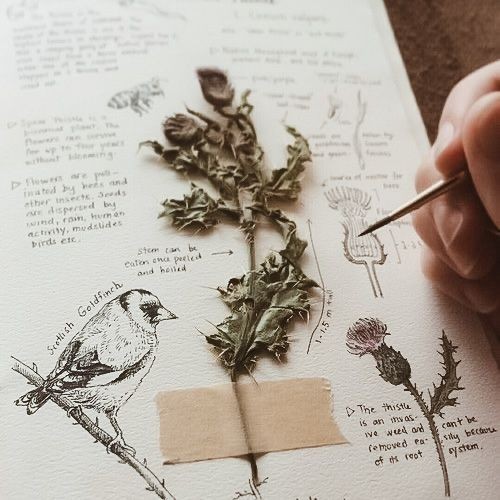




#druidry#!!!#druids are so awesome!#i didn't know if you meant the actual practice or dnd#so i went with the actual practice#but honestly it's applicable to both#little druid!!!#sfw interaction only#moodboard#sfw agere#age regression#agere#sfw littlespace#agere moodboard#babyre#baby regression#druid moodboard#druid
91 notes
·
View notes
Text
speaking as someone who is of various european descent (though thats not to say that european pagan traditions are only for people of european descent) i feel that especially in online spaces theres an expectation to commit yourself to a single pantheon and cultural tradition- and while i understand the damage that poorly researched eclecticism can have i find it impossible to choose a single practice- i am incredibly fortunate that my family makes an effort to preserve our traditions (irish on my dads side, german and belgian on my moms) and so i feel like eclectic paganism is just inherent within me. that being said i am constantly working to remain as informed as possible and appreciate any corrections of misinformation or misconceptions. i love the gods and practices of my ancestors and i love to see them intermingle, just as i have been raised with a combined immersion in irish, german, and belgian culture and customs.
#paganism#eclectic pagan#paganblr#pagan#pagan gods#celtic#celtic paganism#irish paganism#irish#germanic paganism#norse paganism#heathenry#norse heathen#druidry#druid#larkle's thoughts
72 notes
·
View notes
Text

Today, after a day of crazy weather, this double rainbow appeared outside the Shop. It was a beautiful moment of communitas and connection with several folks who poured out of the restaurant next door to take photos with us.
33 notes
·
View notes
Text
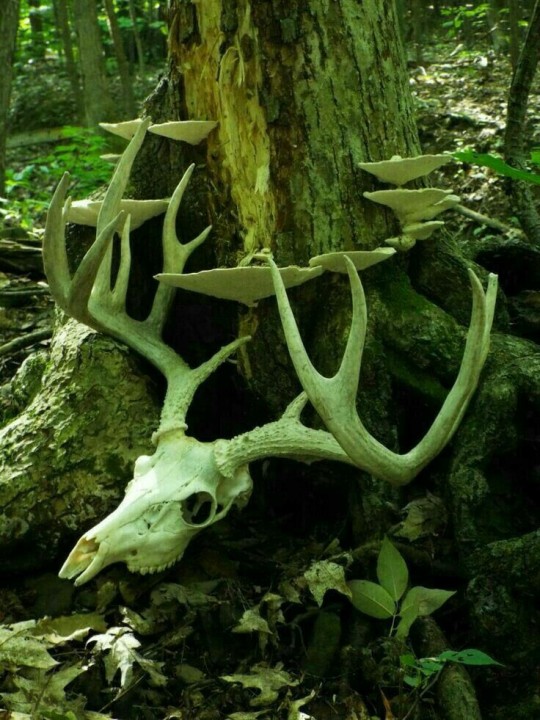
Ancestor Stag
#ancestor stag#druidry#druidic#paganism#nature#hedge druid#green witch#forest witch#hedge witch#witches of tumblr
2K notes
·
View notes